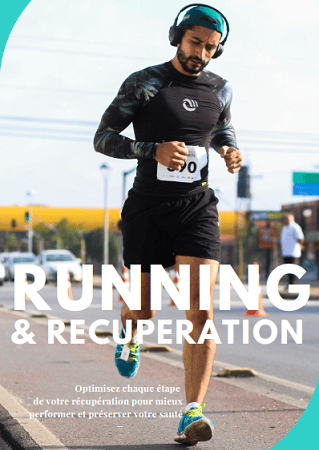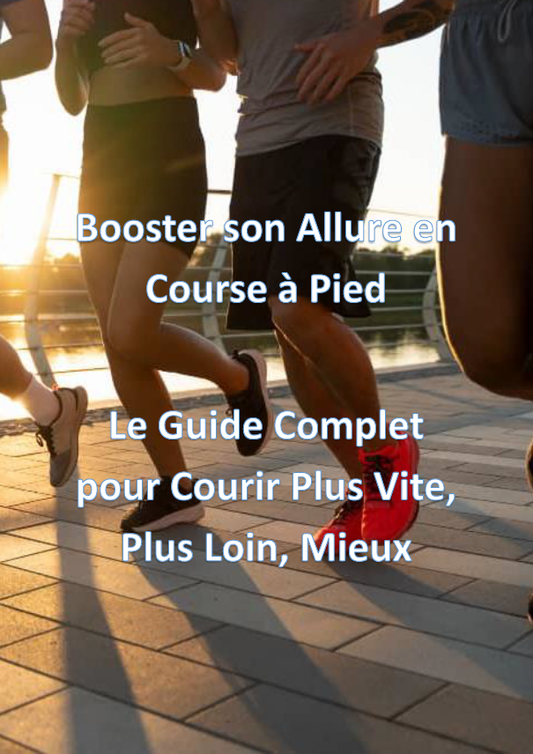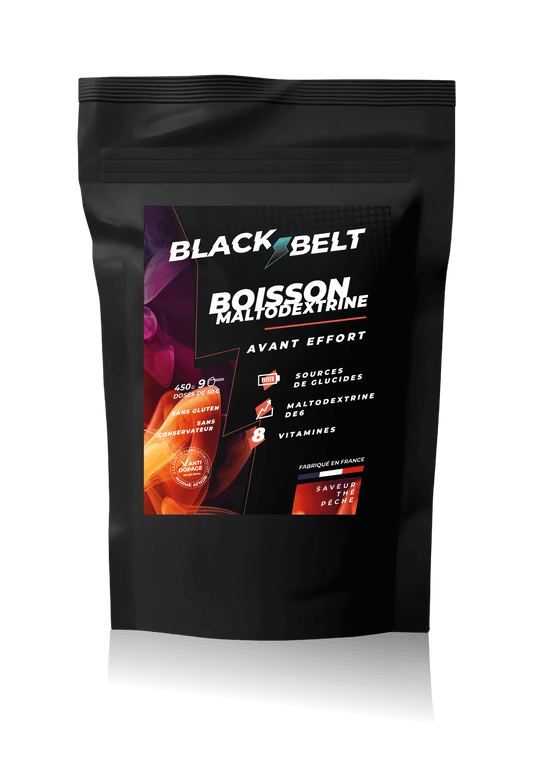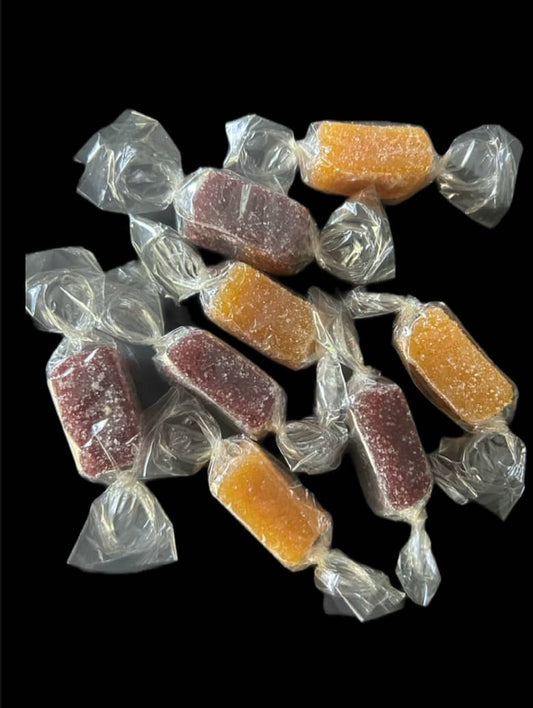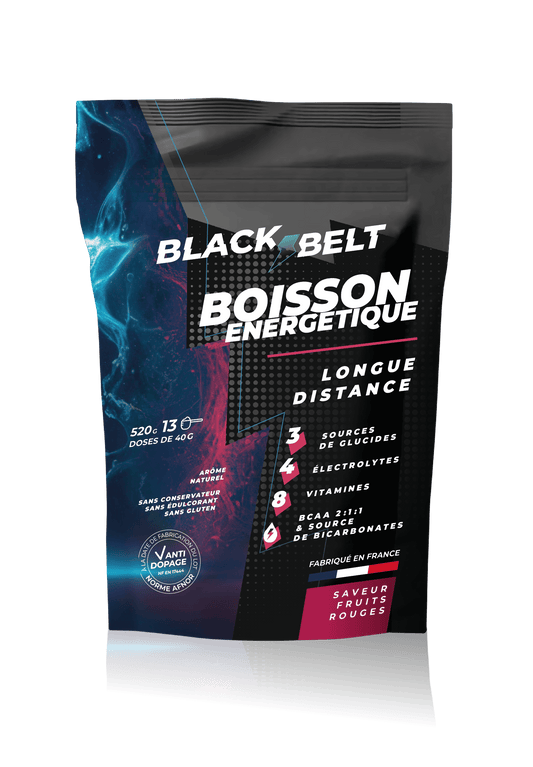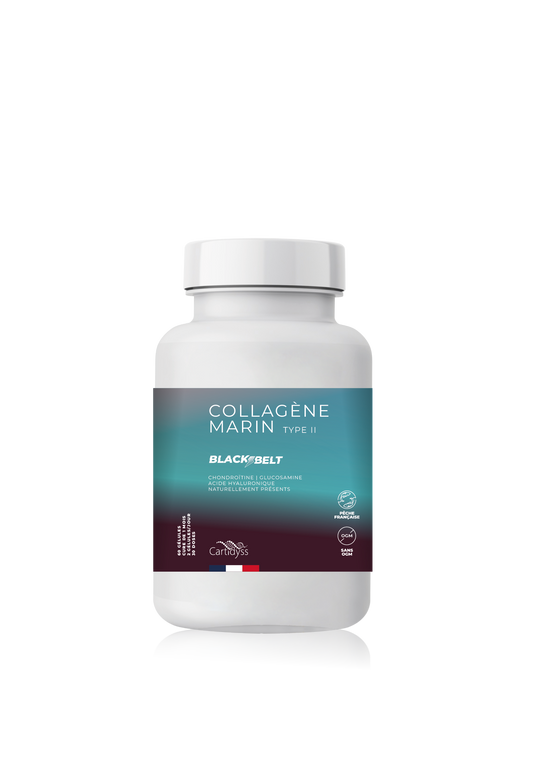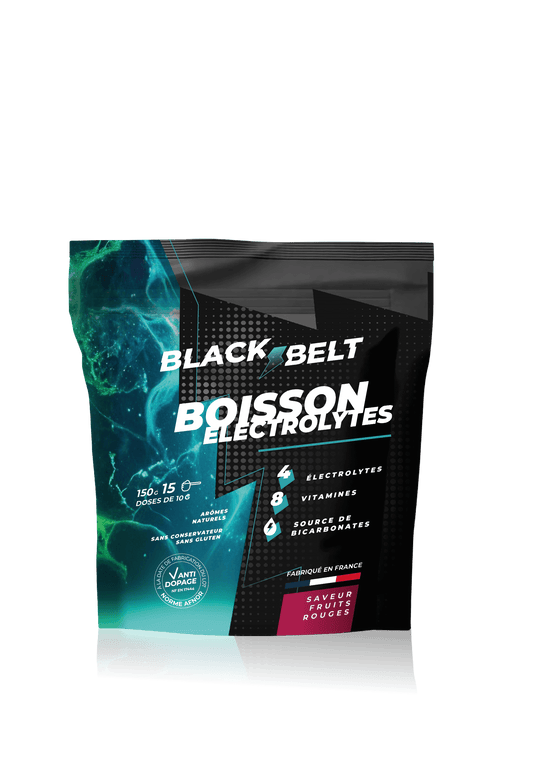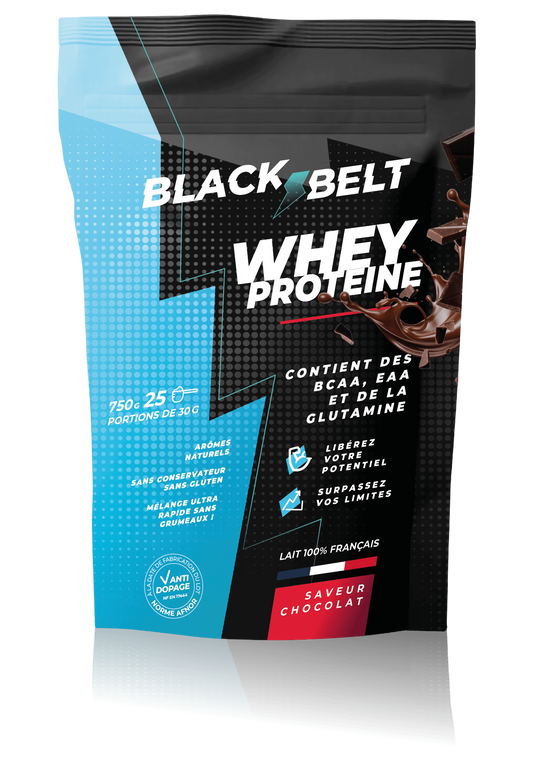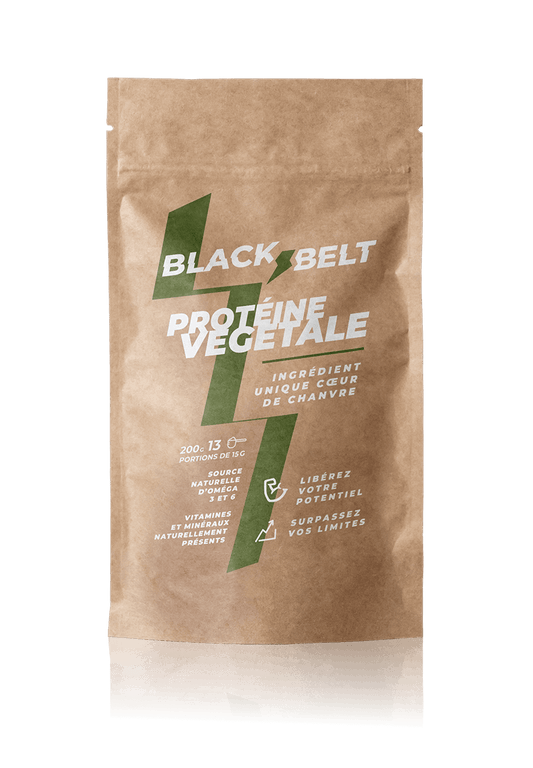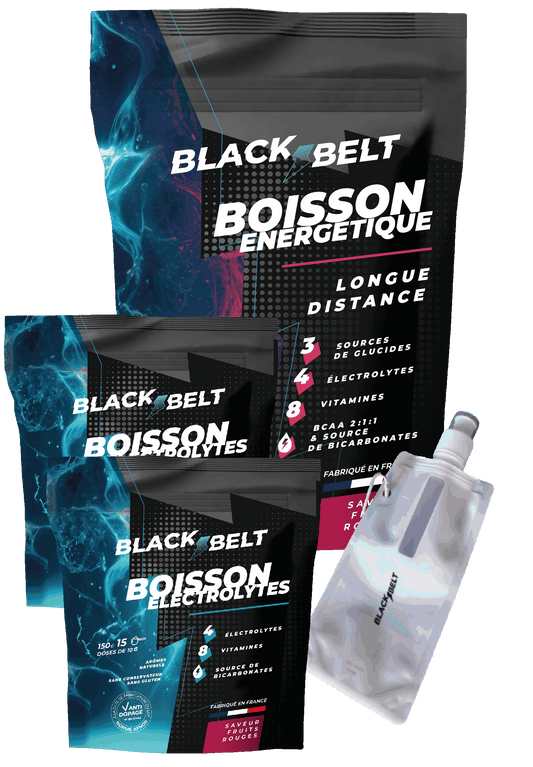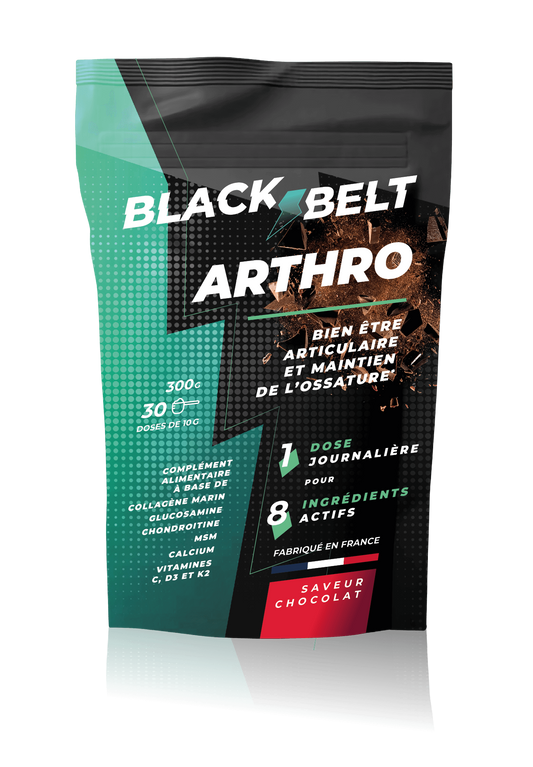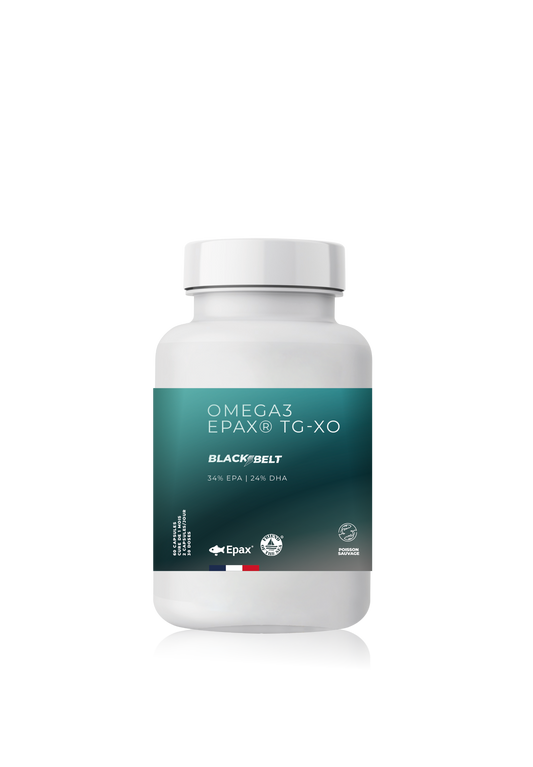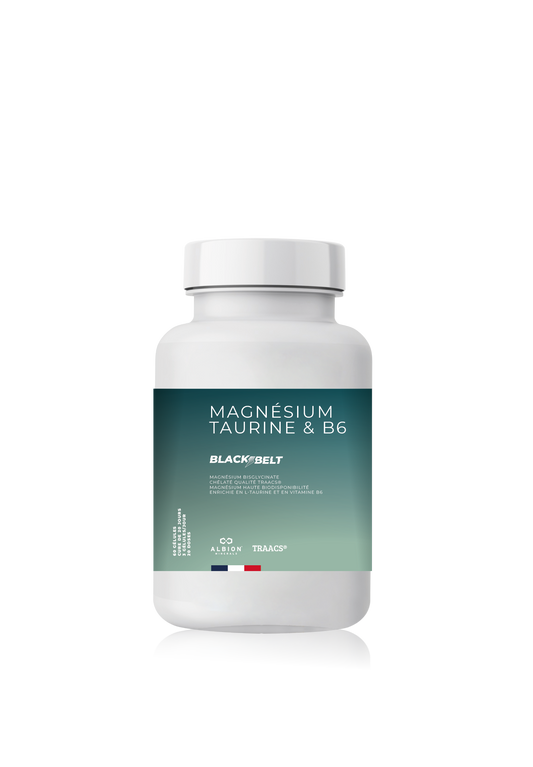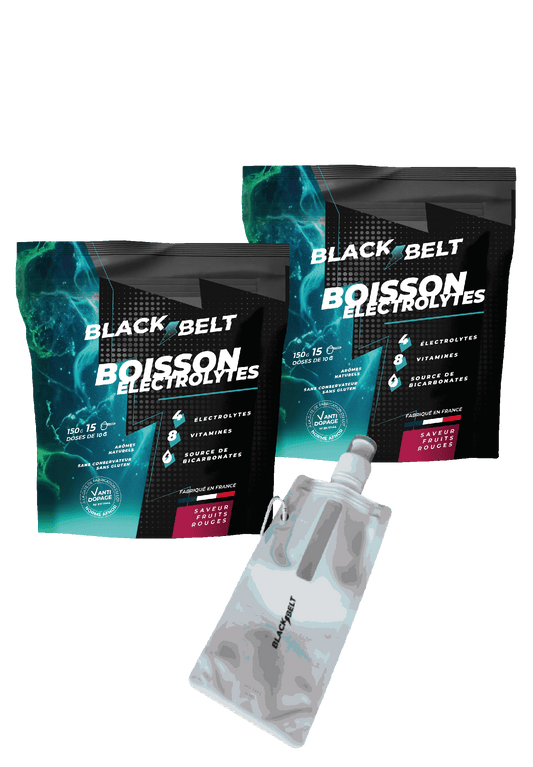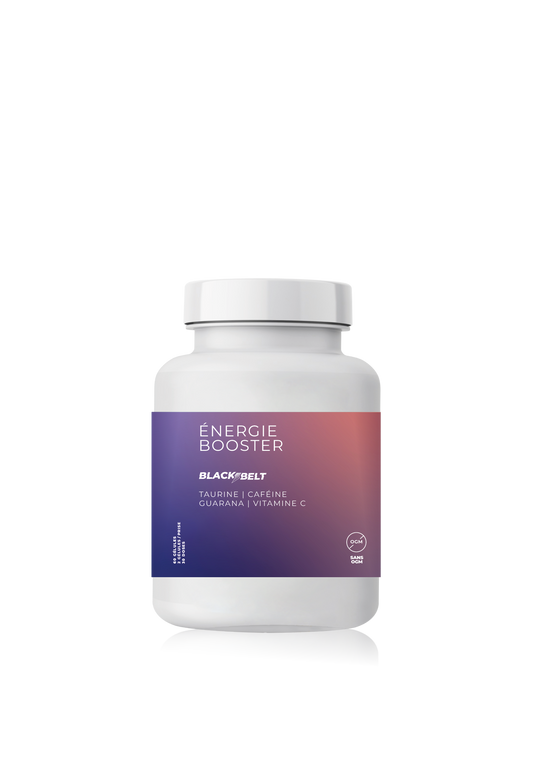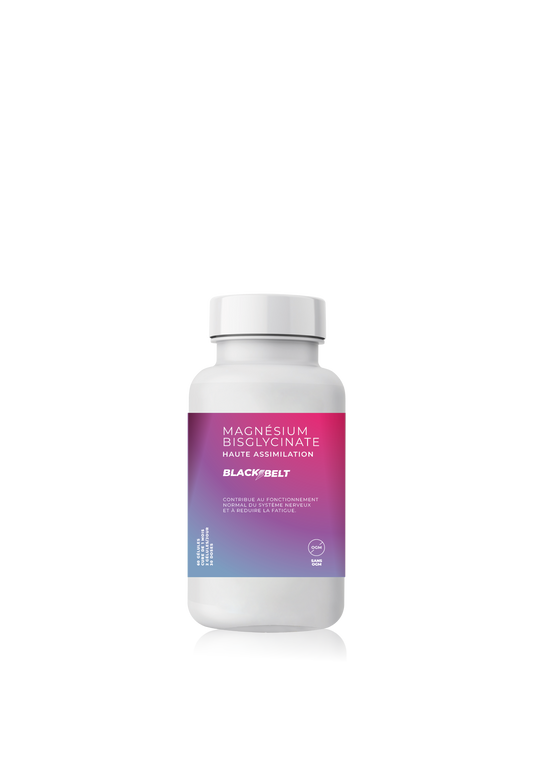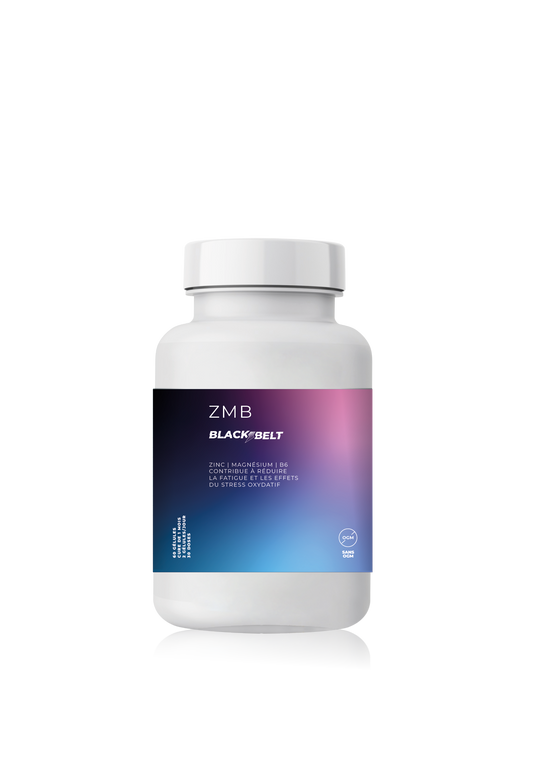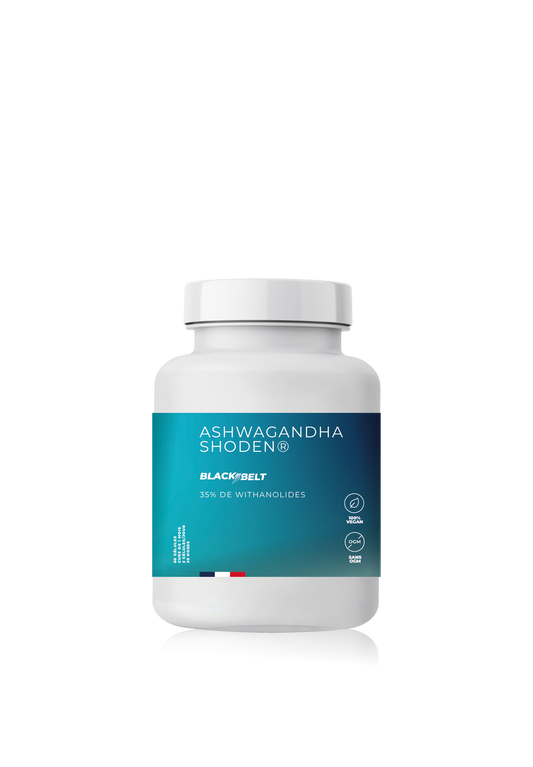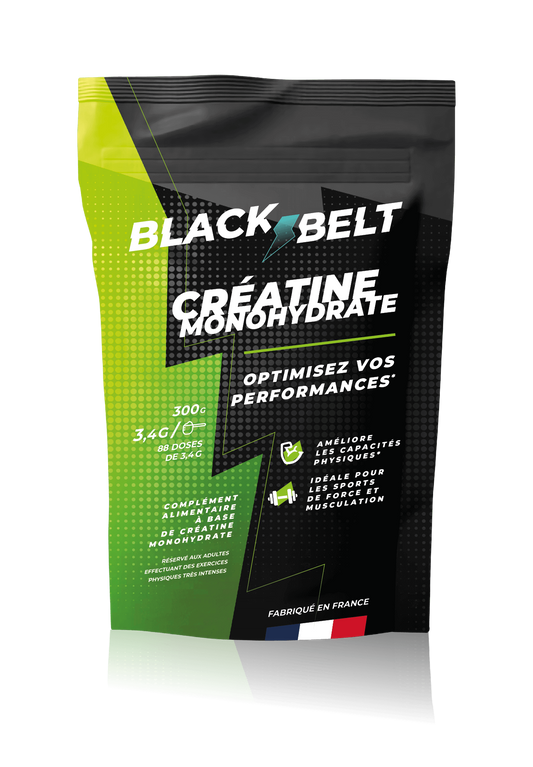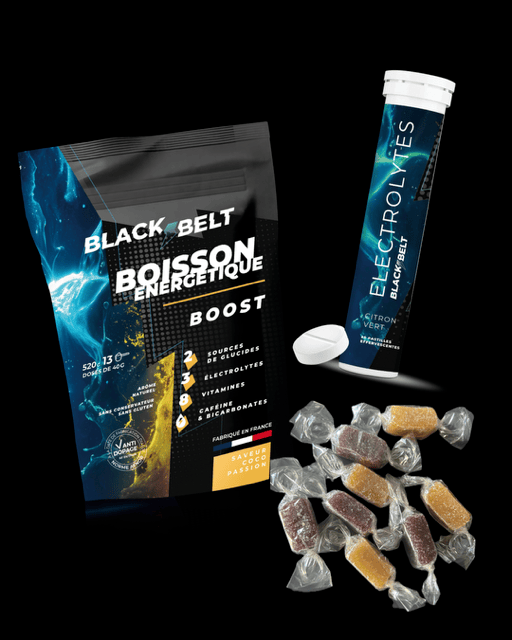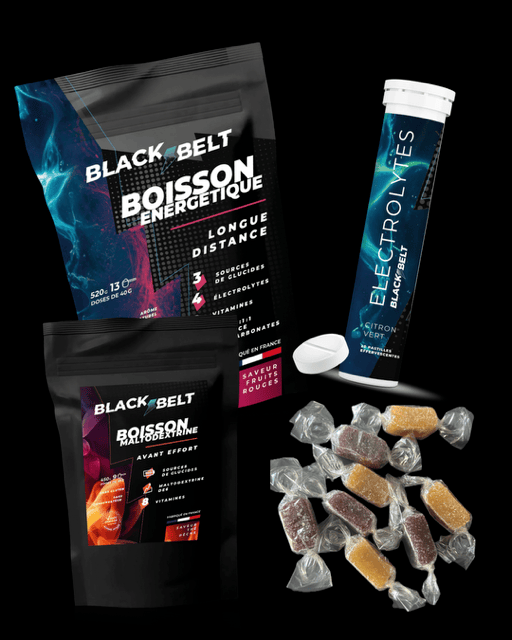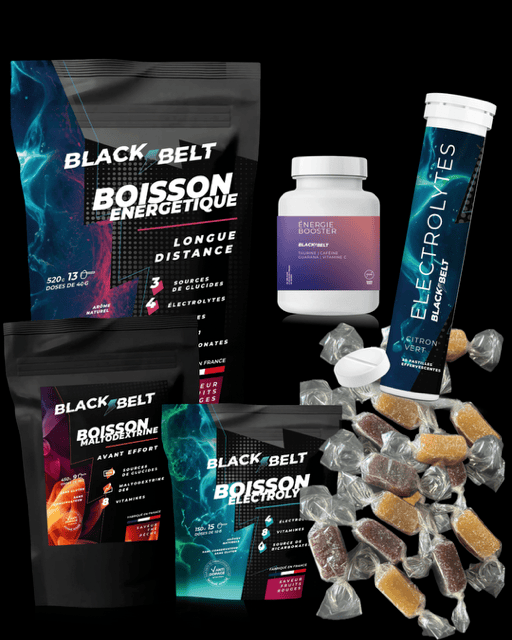
Returning to Sport After Injury: Tips and Strategies
Share
Returning to sport after an injury is a challenge that many athletes, both amateur and professional, face.
It is crucial to follow specific steps to avoid relapses and optimize return to performance.
Here are some tips and strategies to help you get back to sports safely.
Medical assessment and follow-up
Before resuming any physical activity, it is essential to obtain the advice of a healthcare professional.
A doctor or physiotherapist will be able to assess the condition of the injury, check that the tissues are fully healed and give the green light for a gradual return to work.
Tip: Schedule regular appointments to monitor your recovery progress and adjust your program accordingly.
Gradual recovery
Returning to sport should be gradual. Resuming too quickly can lead to a relapse or re-injury.
Start with light activities and gradually increase the intensity and duration.
Tip: Use a four-stage progression scale:
- Phase 1: Light, non-impact activities (walking, low-intensity cycling).
- Phase 2: Moderate activities with some impact (light jogging, swimming).
- Phase 3: Sport-specific activities practiced with moderate intensity.
- Phase 4: Full return to normal training with supervision.
Muscle strengthening
Strengthening the muscles around the injured area is crucial to prevent recurrence. A specific strengthening program, developed by a physiotherapist, can help improve muscle stability and strength.
Tip: Incorporate strengthening exercises into your daily routine, even after you have fully recovered, to maintain good physical condition.
Mobility and stretching work
Mobility and stretching exercises help restore range of motion and prevent muscle stiffness. They are essential for a full recovery and a safe return to sport.
Tip: Practice stretching and mobility sessions several times a week, focusing on the injured area and associated muscle groups.
Listening to your body
It's crucial to listen to the signals your body is sending you. Pain is an important indicator: don't ignore it.
If you experience sharp or unusual pain, stop the activity immediately and consult a healthcare professional.
Tip: Keep a recovery journal to record how you feel, the exercises you perform, and how your fitness progresses. This can help you identify patterns and adjust your program.
Hydration and nutrition
Proper hydration and a balanced diet are essential for healing and returning to sport.
Nutrients play a key role in tissue repair and energy maintenance.
Tip: Eat protein-rich foods for muscle repair, as well as fruits and vegetables for the vitamins and minerals needed for recovery.
Psychological support
Returning to sport after an injury can be mentally demanding.
Psychological support, whether through a coach, a sports psychologist, or loved ones, can help overcome fears and doubts.
Tip: Practice stress management techniques like meditation, yoga, or breathing exercises to maintain a positive attitude.
Conclusion
Returning to sport after an injury requires patience, discipline and listening to yourself.
By following these tips and working closely with healthcare professionals, you can maximize your chances of returning to your performance level without risking further injury.
Remember, the key is gradual progression and absolute respect for your body's signals.
For more tips and articles on recovery and sports performance, subscribe to our newsletter and check out our blog regularly.
Take care and welcome back to the field!

